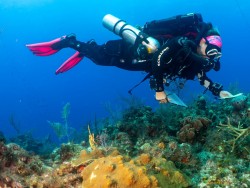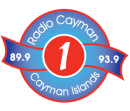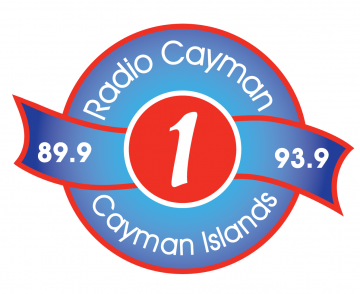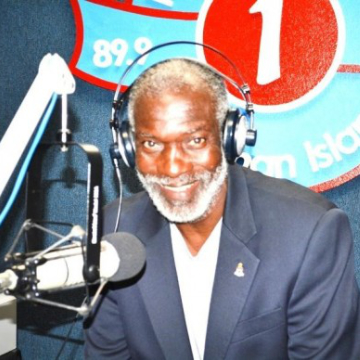News
CCMI Leads New 5-Year Collaboration on Deep Sea Mount Exploration of 12-Mile Bank and Pickle Bank

CCMI has received a £490k grant from the UK’s Darwin Plus Initiative, which has been subsequently matched by a private donor, to support an innovative, collaborative sea mount exploration project. The team will be conducting extensive surveys and using cutting-edge technology to better understand the marine ecosystems at 12-mile Bank and Pickle Bank. Offshore seamounts like these banks are closely related to islands and often provide important mid-way locations for species to connect populations in more distant areas.
At present,12-Mile Bank and Pickle Bank are relied upon for commercial and recreational fishing and tourism. Yet there is a lack of baseline knowledge about species that are present at these sea mounts and in what numbers, as well as how the populations there relate to populations on Grand Cayman, the Sister Islands, and other locations in the Caribbean.
Collaborators from the Department of Environment, the Guy Harvey Ocean Foundation and the Smithsonian Tropical Research Institute will all lend resources and expertise to this project as well as CCMI staff.
To gain a deeper understanding of the marine life at the seamounts, researchers will be using a high-tech suite of surveying and data-gathering methods. The teams will carry out deep technical dives on closed-circuit rebreather diving equipment to conduct surveys, create detailed photomosaics and bathymetric maps, and collect samples for eDNA analysis. Small water and sediment (sand) samples will be taken to conduct eDNA analysis which looks at DNA shed from skin, scales, feces and mucus in miniscule amounts. These small samples can be used, in conjunction with more traditional methods like surveys and video analysis, to gain insight into species that are present in an environment but may be more elusive.
This large-scale and technically complex project is made possible by multi-year funding recently awarded by the Darwin Initiative and matched by a private donor, managed by the Alexandria Bank Corporation (Cayman Islands). Results from this study will help guide future management of offshore seamounts and assist with marine spatial planning for offshore zones and the Blue Belt. This work is relevant to fisherman who use the banks as a resource, and to conservation groups that aim to support the persistence of coral reefs and pelagic and predatory species.












